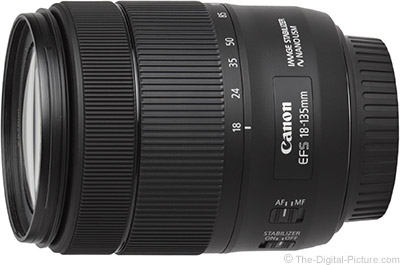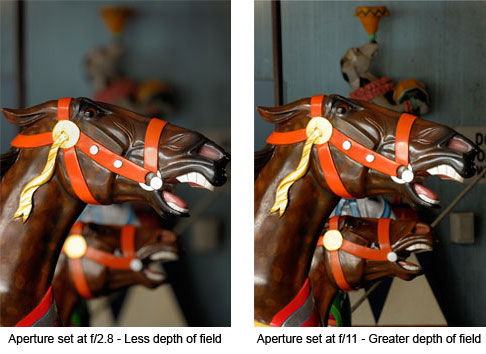

The focal length (FL) is roughly defined as the distance from principal plane to the focal plane. Because the images were taken at constant exposure, for each f/# increase (by a factor of ~1.4) the amount of light collected by the lens is reduced by half.Īperture Size Effects (Click Photos to Enlarge) To illustrate the effect of different aperture sizes visually, the table below shows a sequence of images taken with the same lens (MVL12M43 on a DCU224C 1/2" format camera) for increasing f-numbers. While using larger apertures increases light collection, doing so reduces the axial in-focus region of the image, known as the depth of field. For example, a 50 mm focal length lens with a f/1.4 aperture has a bigger aperture and is therefore faster than a lens at the same focal length with a f/2.5 aperture. Where f/# is the f-number, f is the focal length and d is the entrance pupil diameter.Ĭamera lenses that can collect a lot of light (i.e., a low f-number) are known as fast lenses as they can be used with shorter exposure times and are ideal for low-light conditions. As the f-number increases, the aperture opening becomes smaller and less light is collected by the lens. Thorlabs provides the maximum aperture size in the tables below for each lens in terms of the f-number, which is expressed using the symbol f/# (e.g., f/1.4). Because of this, the aperture size affects the exposure time and therefore the speed of the camera. The aperture of the lens controls the amount of light that a lens can collect the more light a lens collects, the brighter the image. The SM2NFM F-Mount to SM2 Adapter allows F-Mount lenses to be used with SM2-threaded (2.035"-40) components. Thorlabs offers a lens for 35 mm sensor formats that is compatible with Nikon F-Mount cameras. CS-Mount cameras are compatible with these lenses when using a CML05 CS- to C-Mount adapter. Lenses that are equipped with C-Mount (1.00"-32) threads are fully compatible with most of our C-Mount CCD and CMOS Cameras and our line of Scientific-Grade Cameras. See the table above for a list of sensor formats for Thorlabs cameras. While these lenses can be used with a smaller format camera, the resultant image will be cropped (see Camera Lens Tutorial tab for details). A lens should generally not be used with camera sensors that have a larger format than the lens. Selecting an appropriate camera and lens pair can significantly improve image quality. For more information on these lenses, Modulation Transfer Function (MTF) plots can be found in the 10 MP Lens Data tab above. These lenses are the ideal choice for high-end inspection or high-resolution imaging applications. Thorlabs also offers 2/3" format lenses at 5 mm, 25 mm, and 50 mm fixed focal lengths that feature 200 lp/mm resolution, commonly referred to as 10 megapixel (10 MP) lenses. Because of the simplified optical design, some prime lenses are designed as fast lenses with large maximum apertures up to f/0.95 (see the Camera Lens Tutorial tab for details). Some lenses are designed for improved aperture or resolution performance.

All lens models are equipped with lockable focus and aperture rings. Thorlabs offers lenses with fixed focal length (i.e., prime lenses) that offer superior optical performance at focal lengths from 3.5 mm to 100 mm, as well as a 2/3" format zoom lens with an adjustable focal length of 18 mm to 108 mm.

The Camera Lenses sold here are specifically designed to be used with 1/2", 2/3", 1", 4/3", or 35 mm sensor format cameras and are well-suited for machine vision applications.
Max aperture 3.5 full#

Lenses with C-Mount (1.00"-32) Thread are Compatible with Most of Our CCD and CMOS Cameras.Fast Lenses with Large Maximum Apertures up to f/0.95.High-Resolution (10 Megapixels) Fixed Focal Length Lenses Available.Zoom Lens with Focal Length Range of 18 mm to 108 mm.Lenses with Fixed Focal Lengths of 3.5 mm to 100 mm.


 0 kommentar(er)
0 kommentar(er)
